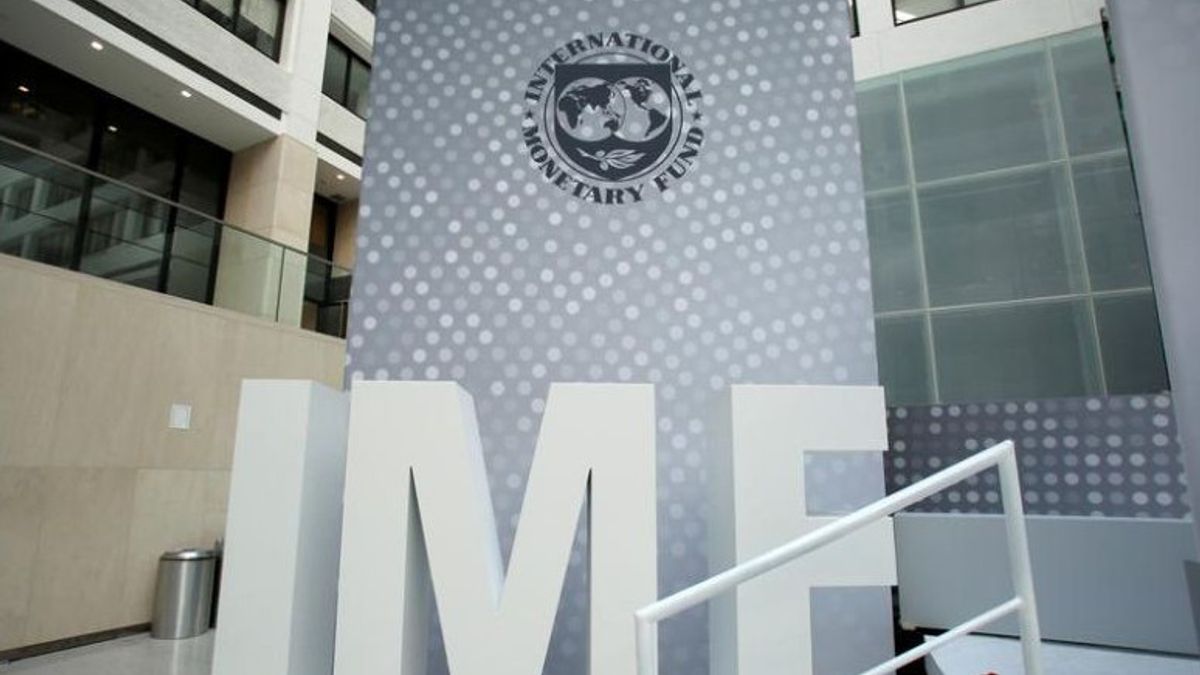WASHINGTON - Global debt surged to a record $226 trillion in 2020 as the world is hit by the COVID-19 pandemic and a deep recession, the International Monetary Fund (IMF) said on Wednesday, December 15.
Global debt rose 28 percentage points to 256 percent of gross domestic product (GDP) in 2020, the biggest one-year debt spike since World War II, Vitor Gaspar, director of the IMF's Department of Fiscal Affairs, wrote in a blog with his colleagues, citing the figures. -numbers from the latest IMF Global Debt Database.
The increase in debt was particularly striking in developed countries, where public debt rose from about 70 percent of GDP in 2007 to 124 percent of GDP in 2020. Meanwhile, private debt rose at a more moderate pace from 164 to 178 percent of GDP in the same period. the same, according to the IMF.
IMF officials noted that an important challenge for policymakers will be "mixing the right mix of fiscal and monetary policy in an environment of high debt and rising inflation," as debt spikes amplify vulnerabilities.
"Risks will be magnified if global interest rates rise faster than expected and growth falters. Significant tightening of financial conditions will increase pressure on the governments, households, and companies that owe the most," they said as reported by Antara.
SEE ALSO:
IMF officials noted that some countries, particularly those with high gross financing needs or exposure to exchange rate volatility, may need to make faster adjustments to maintain market confidence and prevent further disruptive fiscal pressures.
In addition, the pandemic and the global financing gap demand strong and effective international cooperation and support for developing countries, they noted.
The IMF official's warning comes as the US Federal Reserve is expected on Wednesday, December 15 to announce that the central bank will accelerate reductions in asset purchases and start raising interest rates in 2022, which could push global borrowing costs up in the coming years.
The Fed began last month reducing its $120 billion monthly asset purchase program by $15 billion. At this pace, the Fed will end its asset purchases in June next year. But some Fed officials and economists have urged the central bank to accelerate the pace of tapering to give it more leeway to raise rates more quickly amid inflationary pressures.
More than half of economists in a Bloomberg survey released Monday, December 13, expect the Fed to double its tapering rate to $30 billion per month, starting in January and ending in March.
The English, Chinese, Japanese, Arabic, and French versions are automatically generated by the AI. So there may still be inaccuracies in translating, please always see Indonesian as our main language. (system supported by DigitalSiber.id)
















